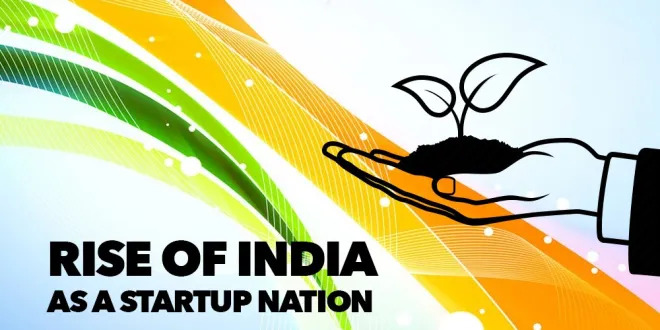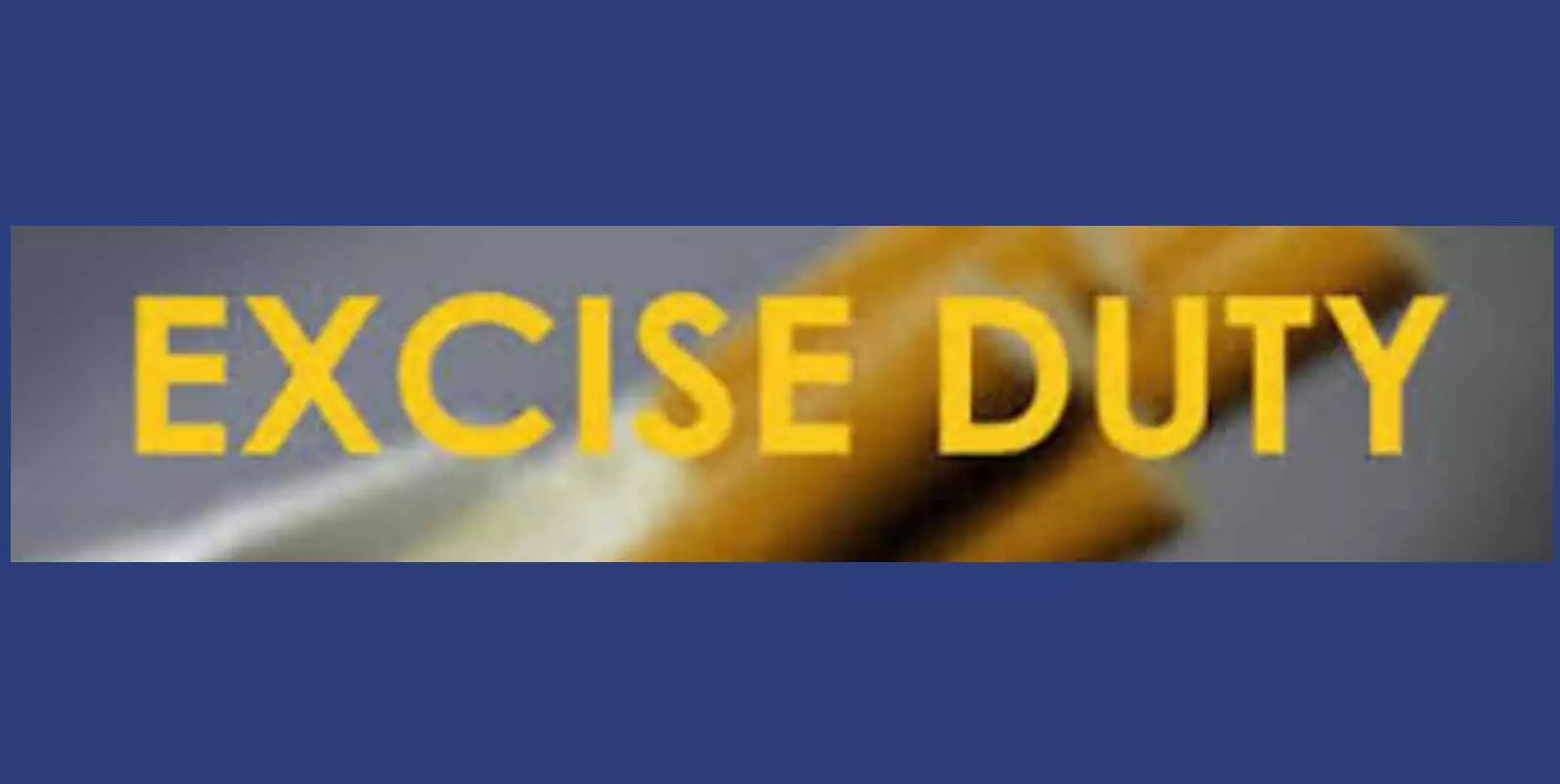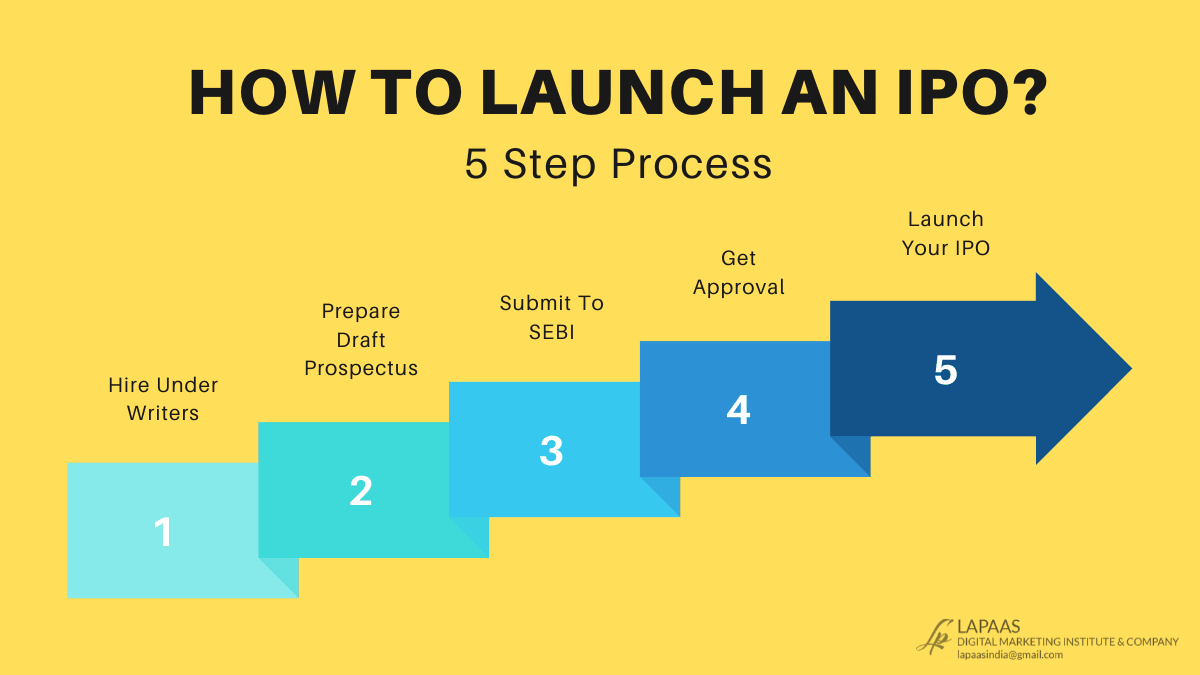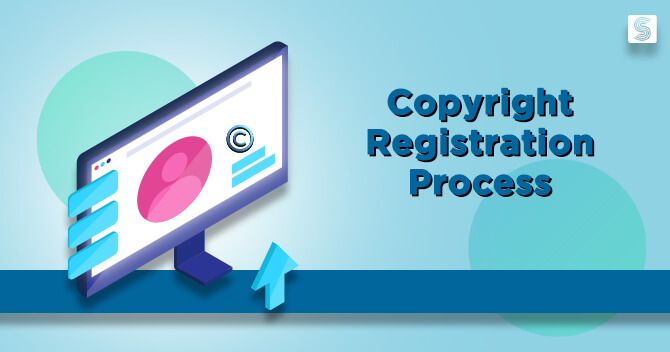
What is copyright Copyright is a collection of rights that are automatically vested for someone who creates the author's original work - such as a literary work, song, film, or software. These rights include the right to resume the work, prepare derivative works, distribute copies, and perform and perform the work publicly.

To understand how these rights can be used or licensed, it is helpful to adapt them to a bundle of sticks, where each stick represents one of these rights. The copyright owner has the right to own each "stick", to transfer them individually to one or more people, or to transfer them collectively to one or more people. In short, the copyright allows the owner to choose the ways in which his copyrighted works are available to the public. The basis of copyright protection stems directly from the US Constitution. The Framers believed that securing the exclusive rights of authors to their own rights for a limited period "would promote the advancement of science and useful arts." The primary purpose of copyright is to inspire and reward authors through the provision of property rights, creating new works and making those works available to the public. The theory is that by granting some special rights to creators, which allow them to protect their creative works against piracy, they get the benefit of economic rewards and the public gets the benefit of creative works that would otherwise be created or circulated Can not be done. Although copyright law is intended to serve the purpose of enriching the general public through access to creative works, it is important to understand that it is not an obligation on creators to make their copyrighted works available.
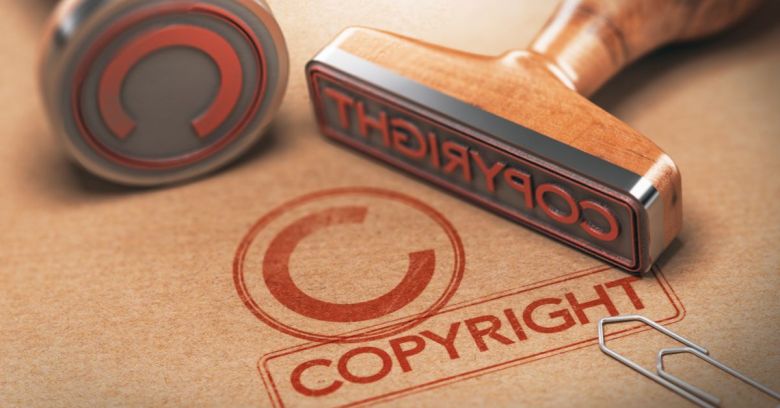
Of course, there are some limitations on the rights granted to copyright owners. In some circumstances, anyone can use a work without the copyright owner's permission or pay the copyright owner to use it. There are three basic requirements that must be met in order for a work to be protected by copyright. Original: To be original, a work must be made independently. In other words, it cannot be copied from anything else. There is no requirement that the work be novel (according to patent law), unique, imaginative or inventive. Creative: A work is needed to fulfill the need for creativity that demonstrates a very small amount of creativity. Very few compositions fail to meet this requirement. Fixed: To fulfill the requirement of fixation, a task must be fixed in a tangible medium of expression. Protection is automatically associated with a worthy task at the moment a task is decided. A task is considered fixed until it is sufficiently permanent or stable to allow it to be perceived, reproduced, or otherwise communicated for a period exceeding the variable period. Typically, a copyrighted work is protected for the length of the author's life and seventy years. In the case of joint works, copyright protection is granted for the length of the lifetime of the last surviving joint creator and another 70 years. Works made for hire as well as anonymous and pseudo-works are preserved for a period of 95 years from the year of first publication or 120 years from the year of creation, whichever is less. When the period of protection for a copyrighted work expires, the work enters the public domain. Copyright protection creates a public record of ownership by the copyright holder. Copyright protection enables the holder of a copyright to take legal action against infringers in a court. If legal action is taken before the date of publication or within a certain period of time, it enables sufficient evidence in court concerning the validity of the copyright and the facts stated in the certificate of copyright.

If registration is made at any time during a person's work or before copyright infringement, the copyright owner is allowed to claim statutory damages in the High Court. Without process registration, only an award related to actual losses and profits will be made available, and these can be quite complex to prove in a court of law. Allows the copyright owner to record the registration with the Indian Customs to help protect against the importation of infringing copies in India. Copyright protection provides a very important inspiration for the creation of many intellectual works. It would be easy for others to take advantage of these works, devoid of copyright protection, without paying any royalties or remuneration to the title-holder of the work. Copyright, therefore, encourages enterprise and enables an encouraging climate to induce economic activity. Copyright protection provides benefits in the form of economic rights that allow creators various ways to control the use of their literary and artistic content.

